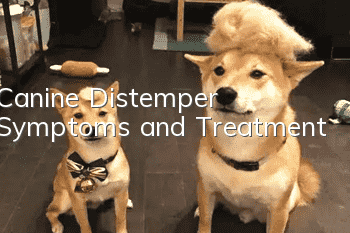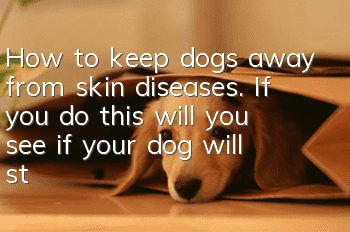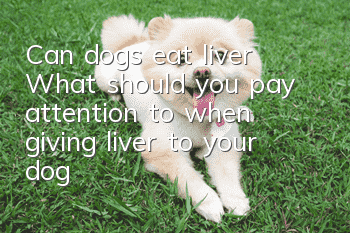Canine Distemper Symptoms and Treatment

Symptoms of canine distemper in Chow Chow:
1. Overall performance: Chow Chow has a loss of appetite or simply refuses to eat, is listless, and changes in body temperature are biphasic. , that is, the body temperature first rises to 39 to 41 degrees, lasting for 1 to 3 days, and then gradually subsides, approaching normal temperature. The body temperature rises again after a few days, and severe cases can lead to death.
2. When canine distemper infects the respiratory system, it will manifest as rhinitis and conjunctivitis. At this time, there will be serous or mucopurulent secretions in the eyes and nose of the Chow. If it causes ocular neuritis, it can lead to blindness. Viruses invade the lungs and cause interstitial pneumonia, and secondary bacterial infection can cause bronchopneumonia. The clinical manifestations are cough, dyspnea, and crepitus on auscultation (so it is easily misdiagnosed as a cold).
3. Canine distemper virus manifests as vomiting and diarrhea in the gastrointestinal tract. The Chow has severe diarrhea and occasionally passes bloody stools.
4. Chow Chows will have neurological symptoms in the later stages of canine distemper, and the canine distemper virus can invade any part of the central nervous system. Clinically, neurological symptoms may appear simultaneously with other systemic symptoms or may appear subsequently. The main manifestations are general twitching, masticatory muscle spasm, turning in circles, and abnormal behavior. When the midbrain, cerebellum and vestibule are damaged, ataxia and abnormal posture are manifested. Spinal infection manifests as abnormal posture, abnormal spinal reflexes, paralysis, etc. There is a high probability that neurological symptoms will leave sequelae after canine distemper is cured.
Treatment methods for canine distemper in Chow Chow:
1. Use high-dose canine distemper hyperimmune serum, canine distemper monoclonal antibody and canine distemper in the early stage of the disease. Gamma globulin.
2. Supportive treatment. One of the keys to defeating canine distemper is for dogs to establish their own active immunity. In this process, we must ensure that dogs have enough energy to complete this battle, so supportive treatment is also essential.
3. Treat the cause of the disease symptomatically. Although it treats the symptoms rather than the root cause, it is equally important. For example, when convulsions occur, some anti-convulsant drugs can be appropriately applied so that the dog will not feel too uncomfortable and will have more energy to go. Fight the disease.
4. Prevent secondary infection. Secondary infection here generally refers to bacterial infection. Canine distemper itself is a viral infection, but in some cases, viral infection can easily lead to secondary bacterial infection, thus aggravating the condition.
- Is it okay if a dog eats cherry pulp? What should I do if my dog eats cherry pulp?
- The dog doesn't sleep at night and walks back and forth. What's the reason why the dog doesn't sleep at night?
- How to treat urinary tract stones in dogs? Dogs may need surgery!
- Symptoms of gastrointestinal parasite infection in dogs. Owners should pay attention to deworming their dogs
- What should I do if my dog has no milk? The owner should check quickly and don’t let the puppies starve to death.
- How to make your dog’s hair look beautiful. Looking at your dog’s hair with beautiful hair makes you feel good!
- Dog’s anal gland odor, please note that this is a sign of your dog’s health!
- What are the symptoms of dog pain? How to detect dog pain early
- How to make your dog like to eat dog food Four ways to make your dog fall in love with dog food
- Can dogs digest peach pits if they eat them? Can dogs digest peach pits if they accidentally eat them?



